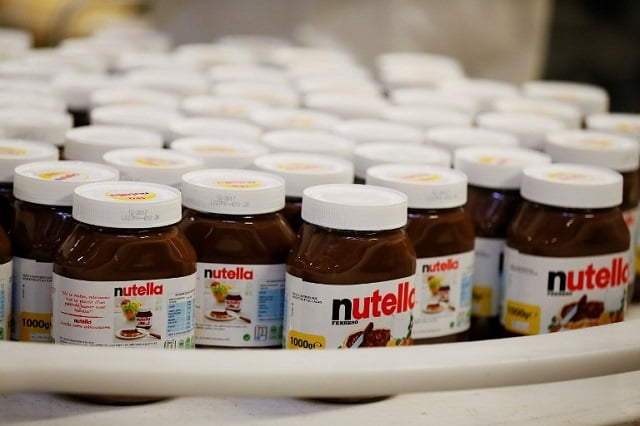The Hamburg Consumer Protection Centre said on its Facebook page that a jar of spread made by the Italian chocolate firm Ferrero now contains 8.7 percent powdered skim milk, compared to 7.5 percent previously, based on an analysis of the product label.
Ferrero, via its German subsidiary, said it had made an “adjustment” to the spread as many brands regularly do with their products.
“The quality … and all the other characteristics of Nutella remain the same,” the company said.
READ ALSO: The curious history of Nutella, the world-famous Italian spread
However the consumer association noted that the colour of the spread was now lighter.
“As the colour of the new Nutella is lighter, we are working on the assumption that skimmed milk powder was added at the expense of cacao,” it said, noting that Ferrero is not required to disclose the amount of cacao in Nutella.
The amount of sugar, which already accounted for half the product, has increased further, according to the association, rising from 55.9 to 56.3 percent.
Nutella recently came into the crosshairs of Hungary's food safety agency, which said jars of the spread sold in Hungary appeared to be “less creamy” than those sold in neighbouring Austria.
The European Commission, the EU's executive arm and watchdog, said in September it will give member states one million euros to help improve tests for comparing products to detect differences in quality.
READ ALSO: French couple told they can't name their child Nutella




 Please whitelist us to continue reading.
Please whitelist us to continue reading.